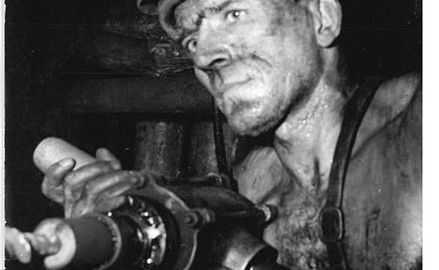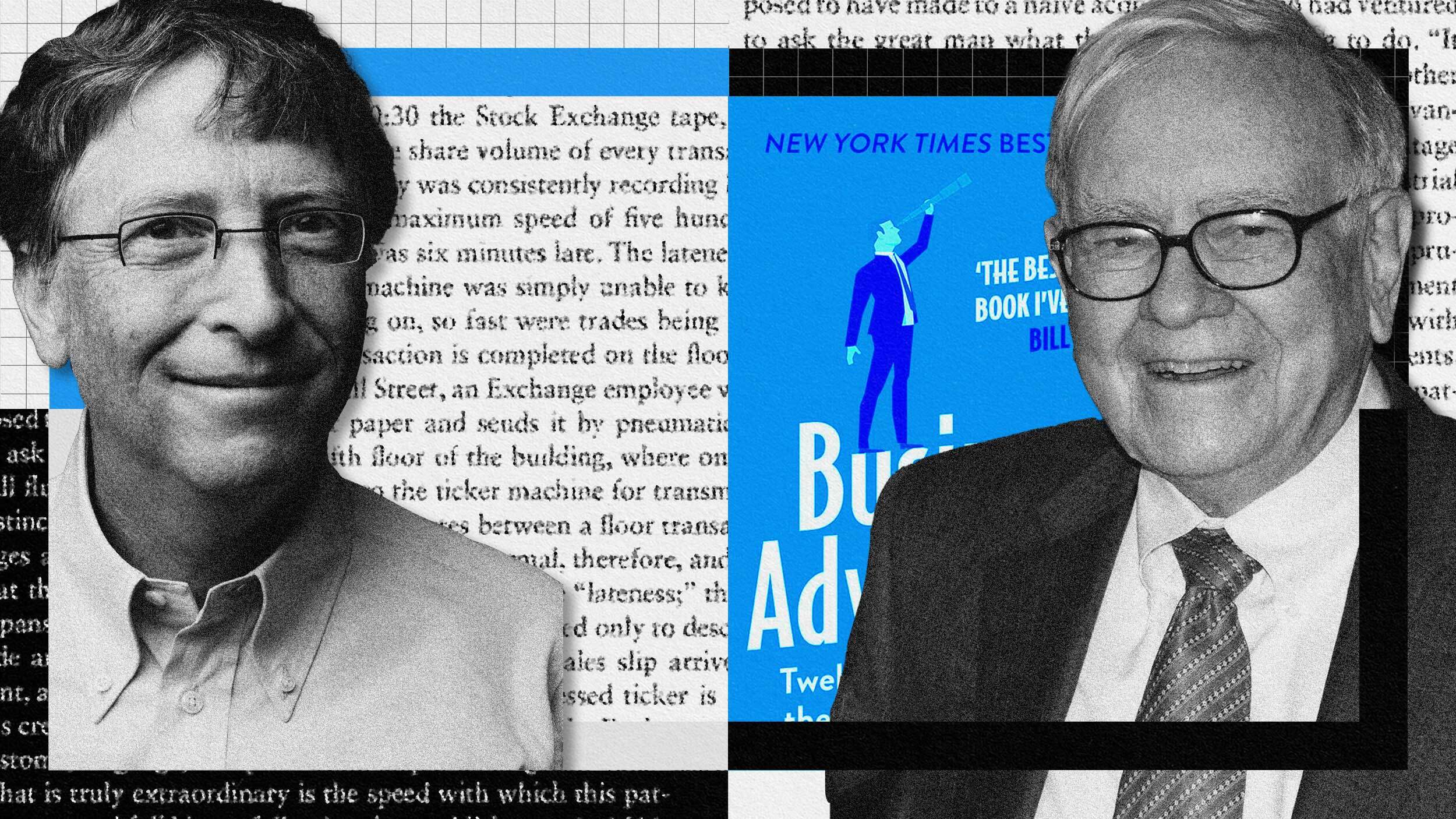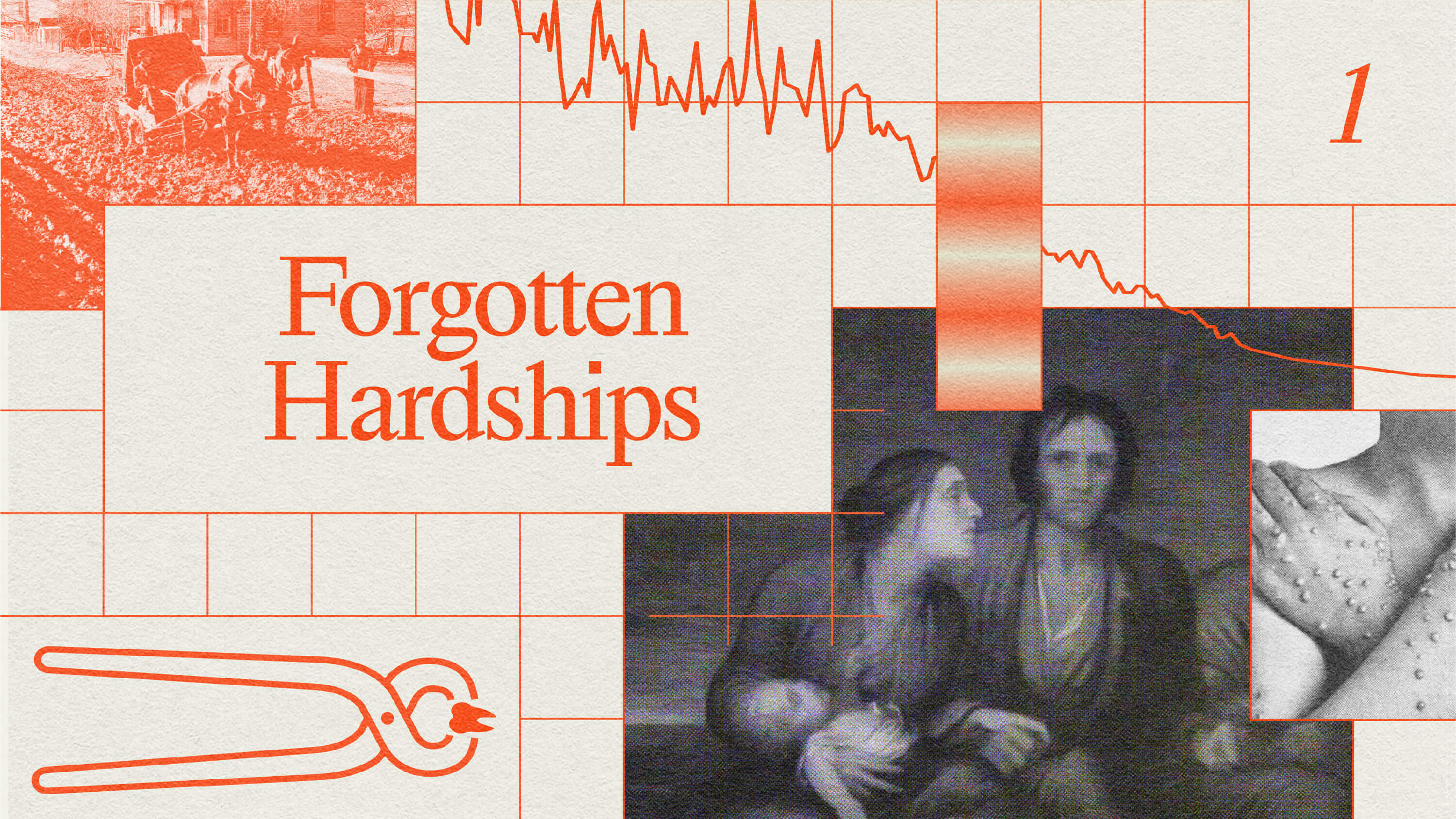A Great Documentary About the Price of Technology

Technological change captures attention in every era, exciting dreams (and nightmares) about the future, filling histories and literature with stories about its powerful effects. The newest and most impressive devices of an age, as the historian of technology Derek de Solla Price pointed out somewhere, draw thinkers like a flame: the latest technology in each era ends up as a metaphor for the mind itself. Plato compared the psyche to a chariot. Sigmund Freud and Konrad Lorenz described emotions under pressure, risking explosion, as if the mind were a big industrial turbine. Twenty years ago people loved images of the brain as a computer; now, it’s often described as a distributed network — a kind of personal Internet.
And in each era’s fascination with what’s clean and new and promising, there’s scant attention paid to the grime and grief required to make technology possible. The American “Gilded Age” needed coal and copper and steel, the getting of which cost much in human lives and environmental damage. Today’s gadgets, clean and elegant as they are, cannot be made without the same hard, dirty work. They still depend on miners who rip raw materials out of the earth. When we call ourselves “post-industrial” members of an “information economy,” we’re not describing some great turning point in recent history. We’re just turning away, as people — people who can, anyway — always have, from the hells that make possible our digital paradises.
For a dose of reality, check out this documentary about Butte, Montana, a place which has been paying modern civilization’s check for more than a century. As a mining town, Butte furnished copper for decades for the United States’ industrialization. In return its people died in accidents, were brutalized by strikebreakers, came down with lung diseases and then found themselves tossed out of work when the globalized economy moved copper production to South American in the 1970’s. Their neighborhoods were bulldozed to get at copper veins, their air polluted by smelters, part of their landscape transformed into a mile-wide lake of poison — 30 billion gallons of water so toxic it kills birds that land on it.
Butte is no longer a mining town, but none of this is ancient history. Mining, with all its human and environmental costs, is as essential in the age of Jobs as it was in the age of Edison — as the film reminds us by listing towns all over the world that are experiencing today what Butte went through in the last century. Butte, America airs tonight on PBS stations around the country. Definitely worth a look.





